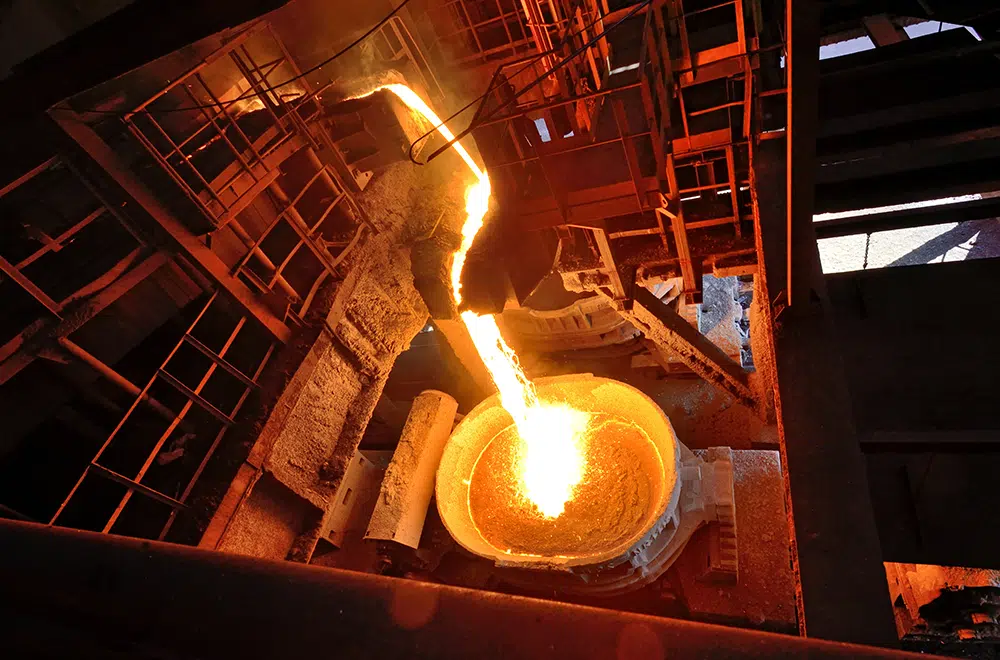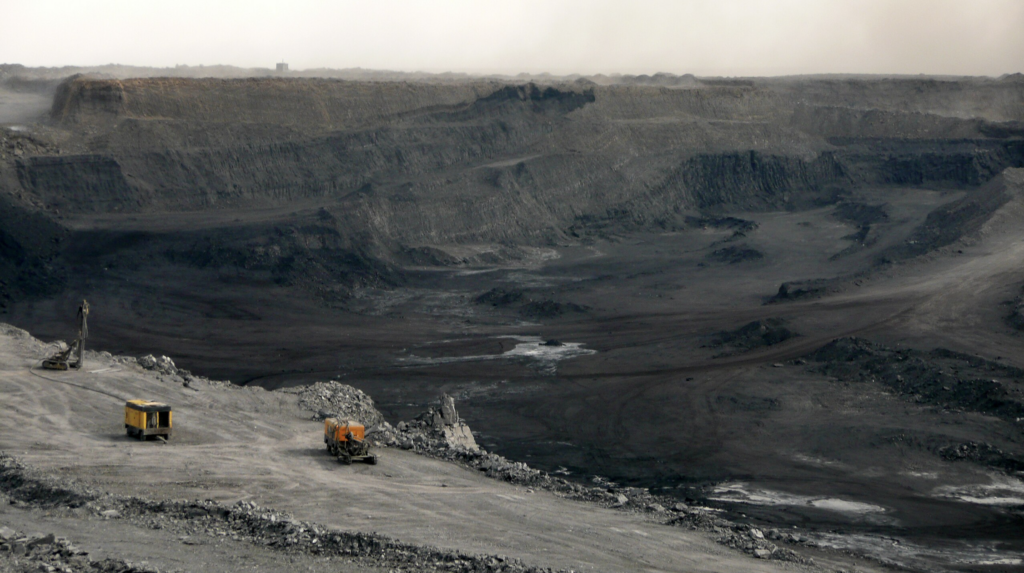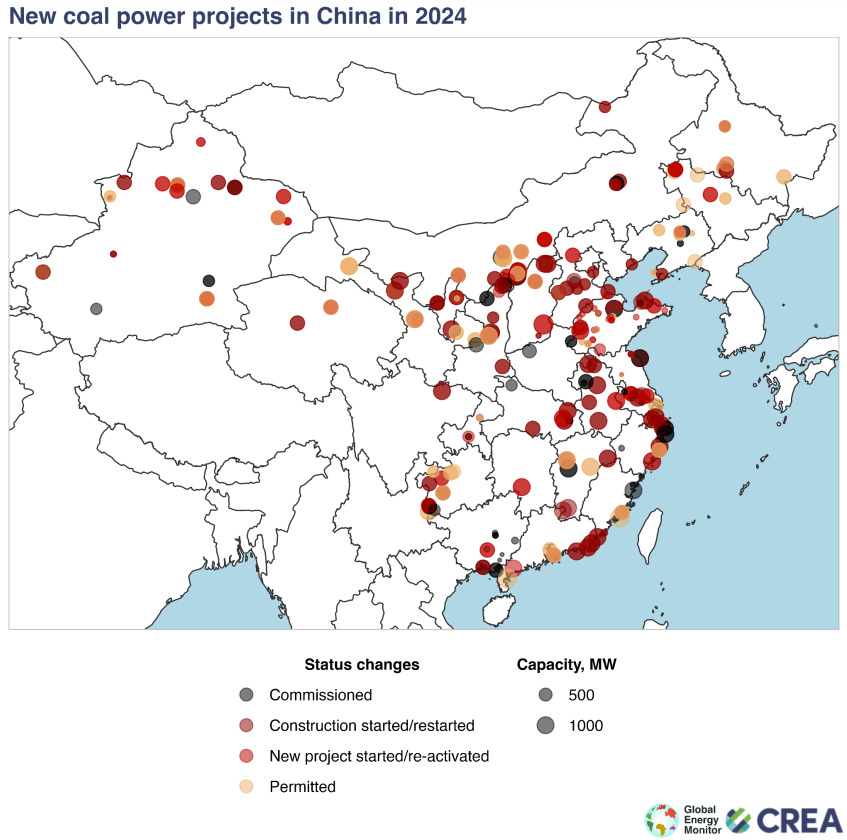According to SMM research, on March 20, the blast furnace operating rate was 89.45%, an increase of 0.3% month-on-month. The blast furnace capacity utilization rate was 90.38%, an increase of 0.50% month-on-month. The average daily pig iron production of sample steel plants was 2.16 million tons, an increase of 11,900 tons from the previous month.
During this cycle, 5 blast furnaces were overhauled and 7 blast furnaces resumed production; in the future, with the slow recovery of downstream steel demand, steel sales will pick up. On the cost side, with the sixth round of coke prices decline, steel mill costs will improve significantly, and production enthusiasm may recover.
According to SMM’s current tracking, there are no blast furnaces scheduled for maintenance next week, and two blast furnaces are scheduled to resume production. Coupled with the recent rebound in steel prices, blast furnaces previously under maintenance may resume production ahead of schedule. It is expected that the blast furnace operating rate will increase slightly again next week.
Electric furnace output declined slightly due to slow destocking
During the survey period (March 12-March 19), rebar futures prices bottomed out, and spot prices rebounded slightly amid improving market sentiment. However, the production resumption at downstream terminals slowed down, and the overall demand was weaker than in previous years. Although the inventory at factory dropped, it still remained at a high level. Some steel mills added temporary maintenance this week, and the operating rate of electric furnaces dropped slightly to 40.94% this week.
In terms of regions, in the east China, thanks to the rebound in steel prices, the immediate profits of some steel mills slightly recovered. However, some steel mills previously reduced their production loads, resulting in a slight decrease in the operating rate in east China; in the south China, steel mills losses narrowed, and some steel mills’ immediate profits can reach 30 yuan/ton. However, the inventory pressure before the year has not been effectively resolved, some steel mills have lowered their output, and the overall regional operating rate has stabilized with a slight decrease. In central China, the recovery of market demand is limited, the falling prices suppressed transactions, steel mill inventories can hardly to be digested, some steel mills suspended production, and the overall operating rate further declined; in southwest China, steel prices rebounded at the end of this period, and most electric furnace steel mills in southwest China losses narrowed, but terminal demand performance is poor, and early inventory is still being digested, some steel mills arranged temporary inspections, and the operating rate dropped slightly.
In the follow-up, steel prices bottomed out amid improving market sentiment, steel mill inventories have been slightly reduced, and some steel mills are willing to resume production and increase production, but weak demand is still the biggest constraint. Taken together, it is expected that the operating rate of electric furnaces will increase steadily next week.
Source: SMM









